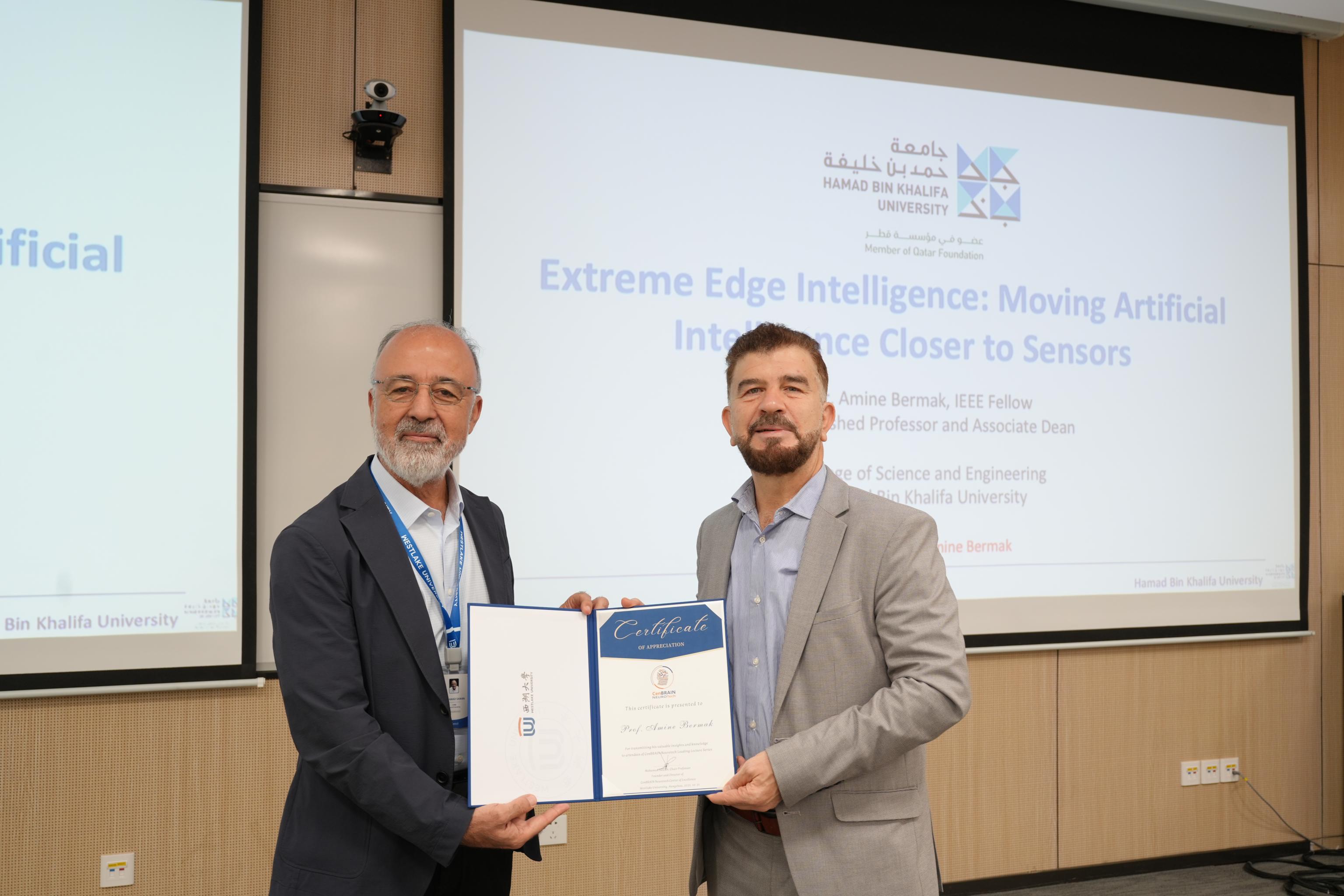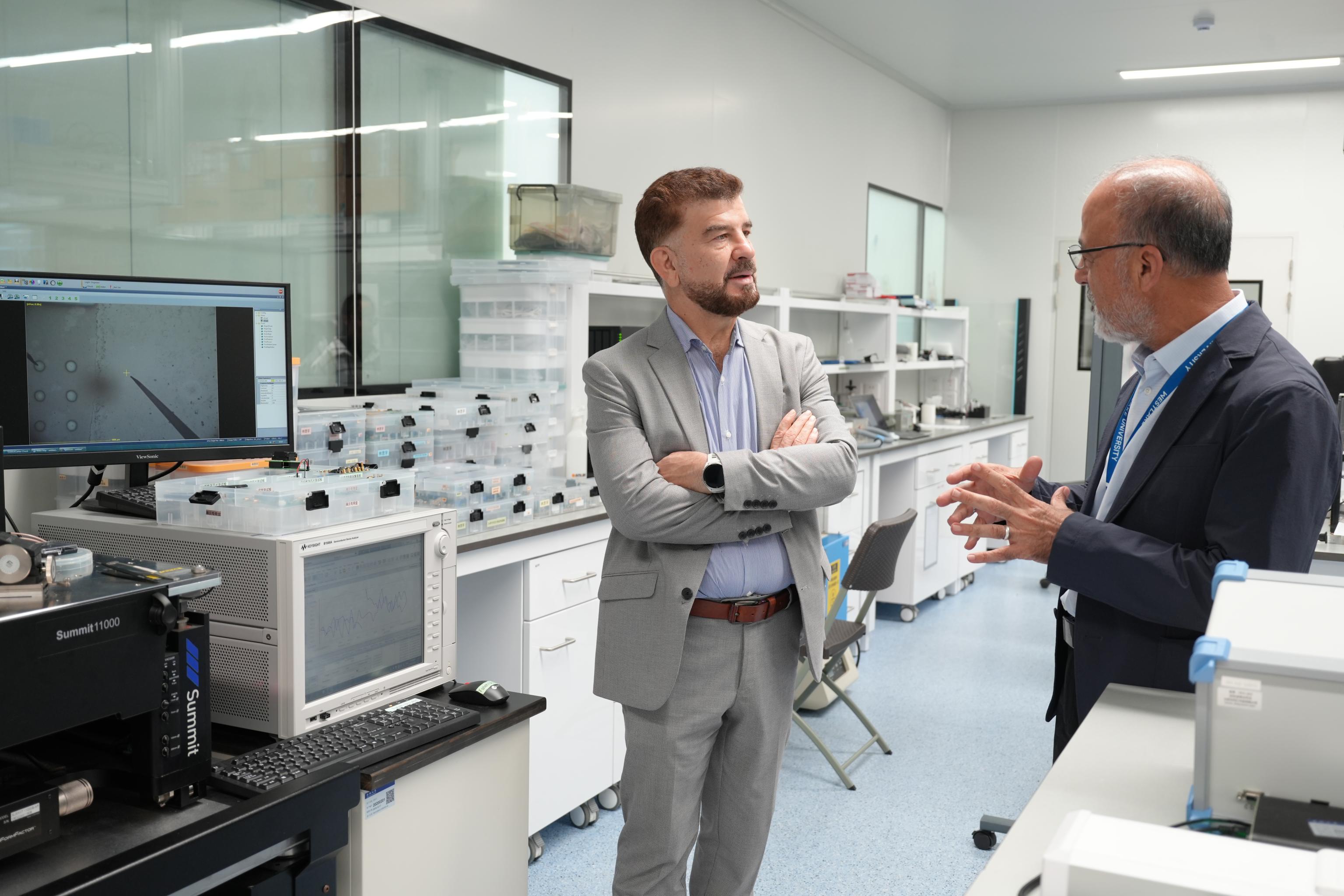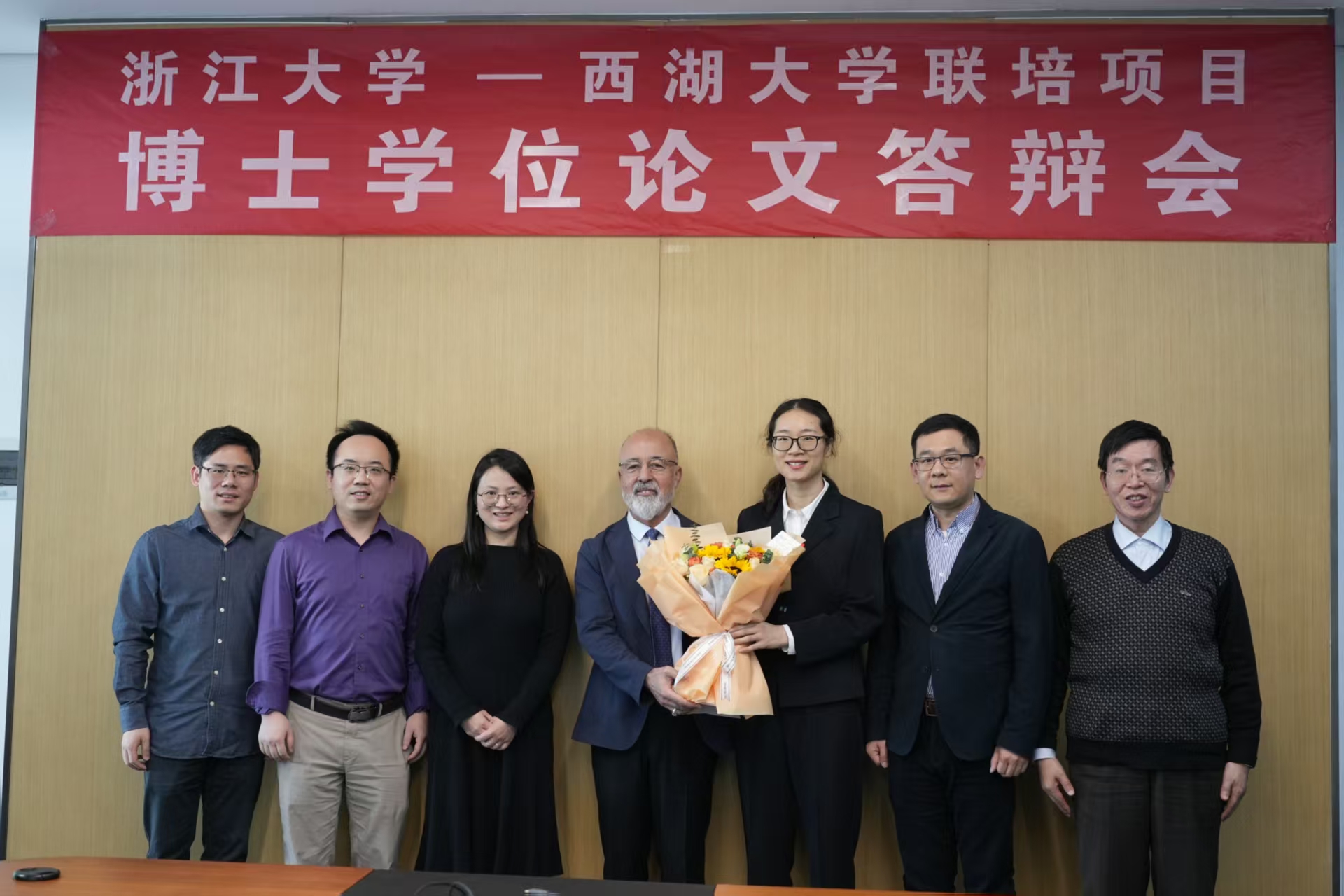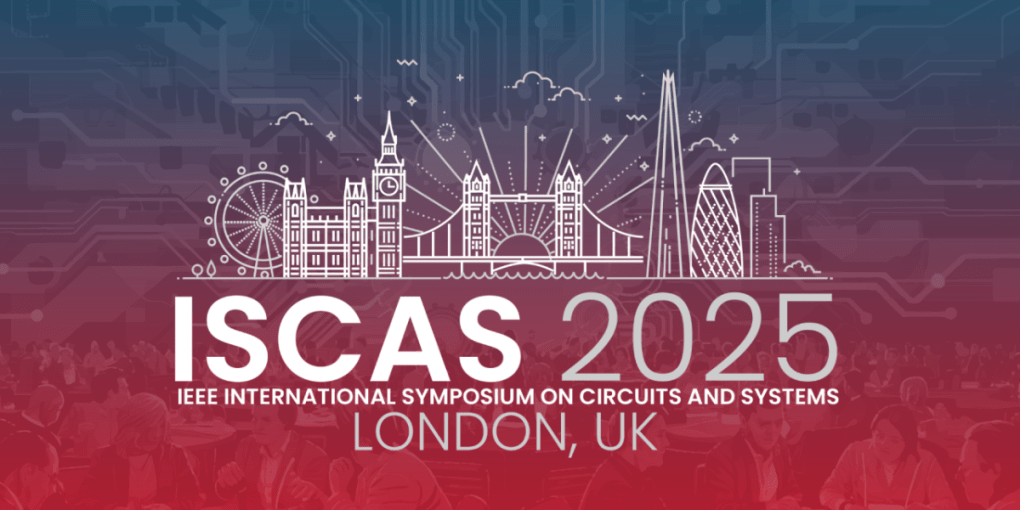On October 21, 2025, CenBRAIN Neurotech Center of Excellence at Westlake University hosted its 51st academic lecture, delving into the frontier field of "Extreme Edge Intelligence" and its transformative potential at the sensor level. Chaired by Professor Mohamad Sawan, the event featured Professor Amine Bermak from Hamad Bin Khalifa University as distinguished speaker, offering cutting-edge insights into how artificial intelligence is reshaping sensing technologies.

Biography
Professor Amine Bermak, an IEEE Distinguished Lecturer and Fellow of both IEEE and AAIA, has long been dedicated to research in ultra-low-power sensory systems, spanning areas such as vision, olfaction, temperature sensing, wearable devices, and AI systems. He previously served as the Co-Director of the MIT-HKUST Consortium and currently holds the positions of Chair of the University Senate and Associate Dean of the College of Science and Engineering at Hamad Bin Khalifa University in Qatar.
Abstract
Edge intelligence holds immense importance in enabling real-time decision-making and reducing latency by processing data closer to sensing. This approach enhances efficiency, privacy, and security by minimizing the need for constant data transmission to centralized servers. However, the tradeoffs lie in the limited computational power and memory at the edge, potentially restricting the complexity of algorithms and the scale of data processed compared to the vast resources available in the cloud.

In the lecture, Professor Bermak presented the fusion of AI with sensors showcasing the integration of AI at an embryonic stage with sensors, leading to a profound impact on sensor functionality and application. The talk will illustrate this transformative integration of AI at the sensor level using three compelling case studies and illustrating the advantages of edge intelligence:
1) Breakthrough in Olfaction
Within the realm of olfaction, the convergence of bio-inspired classification algorithms with gas/smell sensors presents a breakthrough in realizing an electronic nose. The seamless embedding of AI augments sensor capabilities, enabling training, recognition and classification of diverse odors, mirroring the sophistication of human olfactory system.
2) Efficient Integration in Vision Sensors
This case study delves into the domain of vision sensors, illustrating how minor modification of pixel structure can accommodate convolutional layers for deep learning. This adaptation amplifies the capacity of vision sensors, empowering them to interpret and process visual data with the sophistication characteristic of deep learning models, enabling efficient integration of deep learning at the sensor level.
3) Paradigm Shift in Wearable Sensors
The integration of AI with wearable sensors to classify signals derived from wearable devices, enabling the discrimination of various gestures, biomechanics, and vital signs of individuals. By embedding AI within these sensors, a new paradigm in healthcare monitoring and patient care unfolds, revolutionizing the real-time analysis and interpretation of physiological data.
In his concluding remarks, Professor Bermak emphasized that IoT and wearable devices have evolved into a cornerstone market segment within the microelectronics industry. Deploying intelligent computing capabilities to edge devices and sensor nodes yields substantial benefits, manifested through optimized system performance, enhanced storage efficiency and power consumption, and significantly improved data processing effectiveness. Edge intelligence not only represents a pivotal research direction for future IoT applications but also holds vast market potential and promising development prospects.
Following the lecture, Professor Amine Bermak engaged in lively discussions with faculty and students regarding the future application scenarios of edge intelligence and the potential for cross-disciplinary collaboration.

Subsequently, accompanied by Professor Mohamad Sawan, he toured the laboratories of our center. Professor Sawan provided a detailed introduction to the center's research progress and innovative achievements in the interdisciplinary fields of biomedical engineering and brain neuroscience, demonstrating the team's solid and sustained research accumulation in microelectronics and BCI technologies.








